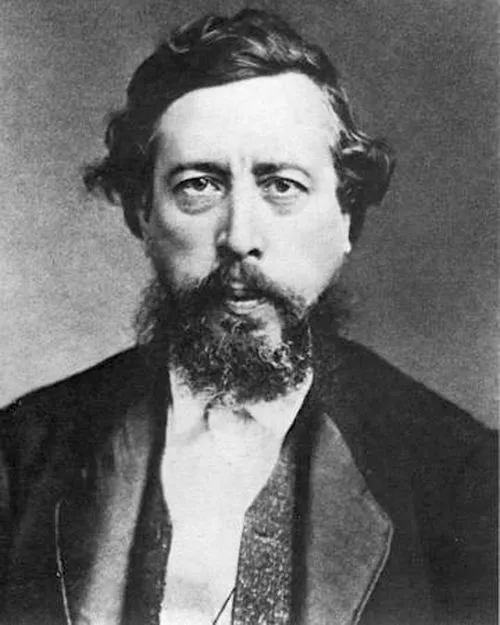
Full Name: Camille Chamoun
Nationality: Lebanese
Profession: Lawyer and Politician
Presidency: 7th President of Lebanon
Birth Year: 1900
Death Year: 1987
1987 – Camille Chamoun, Lebanese lawyer and politician, 7th President of Lebanon (b. 1900)
Camille Chamoun, a name that echoes through the annals of Lebanese history, was not just a politician; he was a force of nature in a tumultuous era. Born in 1900 into a modest family in the heart of Lebanon, his early years were steeped in the rich tapestry of Lebanese culture. However, as fate would have it, his ascent to prominence was not without its challenges.
In his youth, Chamoun displayed an insatiable thirst for knowledge. He pursued law at the American University of Beirut and graduated with flying colors a significant achievement for someone from such humble beginnings. It wasn’t merely an academic accomplishment; it laid the groundwork for what would become a storied career marked by both triumph and turmoil.
Ironically, despite being born into challenging circumstances, his legal training equipped him with tools that would be essential in navigating Lebanon's complex political landscape a terrain riddled with sectarian strife and external influences. After establishing himself as a lawyer, he entered politics as one of the youngest members of parliament during Lebanon’s brief post-independence period.
However, it was during the presidency that Chamoun truly left an indelible mark on Lebanese society. Elected in 1952 at age 52 amidst widespread political instability and regional upheaval his administration became synonymous with modernization efforts aimed at transforming Lebanon into a beacon of progress in the Middle East.
Despite this ambitious vision, Chamoun's presidency faced relentless opposition. The balance he tried to strike between various sects often felt precarious; certain factions viewed him as favoring Christian interests over those of Muslims an accusation that would haunt him throughout his tenure. Nevertheless, he soldiered on through mounting tensions and dissent among various political factions.
The turning point came when he sought to extend his term beyond its constitutional limit in 1958 a move deemed audacious by many but one rooted deeply in his desire for stability amid chaos. This attempt sparked widespread protests across Lebanon; thousands took to the streets demanding change while expressing their discontent over what they perceived as power-grabbing antics.
As civil unrest spiraled outwards from urban centers like Beirut into rural areas ironically mirroring some elements seen today the United States intervened under President Eisenhower’s directive to stabilize Lebanon through military means. Who knows how history might have shifted if this intervention had never occurred? It showcased both Camille Chamoun’s struggle against local opposition and international pressures swirling around him during this epochal moment.
A Man Torn Between Two Worlds
The summer months rolled around like dark clouds gathering overhead: violence erupted across regions once considered safe havens while rival militia groups clashed incessantly their fervor fueled by unresolved grievances stemming back generations! Faced with mounting pressures from all sides not only did it compel him to step down before completing his term but forced upon him reflections on leadership unfulfilled!


